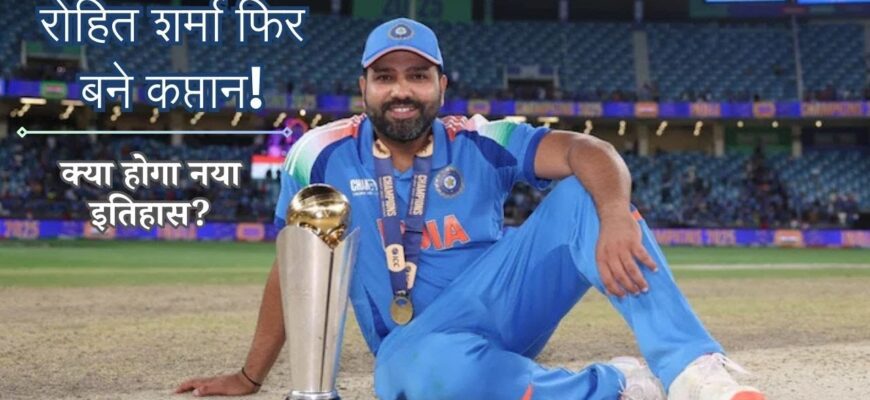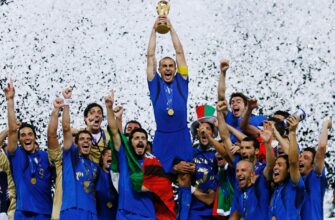The hum of a cricket stadium, even during practice, carries a certain weight. But sometimes, that weight amplifies. Perth, a familiar battleground for Indian cricketers, recently played host to more than just net sessions. It witnessed a quiet, yet profoundly significant, exchange that has reverberated through the cricketing world: a face-to-face between Rohit Sharma, the recently relieved ODI captain, and India’s astute head coach, Gautam Gambhir. This wasn`t just another tactical discussion; it was a snapshot of a team in transition, grappling with the delicate dance of leadership, legacy, and the relentless march of time.
The Heart of the Matter: Captaincy Transition
The Board of Control for Cricket in India (BCCI) had delivered a decision that, while anticipated by some, sent ripples through the fan base: Shubman Gill, the rising star, would assume the mantle of ODI captaincy. For Rohit Sharma, a man who has captained India with distinction across formats and achieved considerable success, this marked a pivotal moment. The decision, as confirmed by chief selector Ajit Agarkar, was communicated directly, underscoring its gravity. It’s a classic sporting dilemma: how do you transition from leadership without diminishing the invaluable presence of a seasoned veteran? The answer, it seems, is found not just in official statements, but in candid, often intense, conversations.
The “Intense Chat”: A Moment of Reckoning
It was during a rigorous practice session in Perth, amidst the thwack of leather on willow, that the camera caught them. Rohit Sharma and Gautam Gambhir, locked in a discussion that appeared anything but casual. The intensity was palpable, a silent drama unfolding on the periphery of the nets. What precisely was discussed remains confined to the two individuals, but the implications are vast.
Was it a strategic deep-dive into Rohit`s new role, stripped of captaincy burdens? Or perhaps a candid exchange on team dynamics, the challenging art of integrating a new leader while retaining the wisdom of the old guard? Gambhir, a former captain known for his forthrightness and strategic acumen, is precisely the kind of figure to engage in such a high-stakes dialogue. This interaction wasn`t just a coaching moment; it was arguably a crucial psychological checkpoint for a team undergoing significant structural shifts.
The Veterans` Twilight?
Adding another layer to this evolving narrative was the presence of Virat Kohli, batting alongside Rohit in the nets, their combined decades of experience a stark reminder of their enduring impact. Both players, having dominated international cricket for over a decade, face the inevitable questions that accompany such long and illustrious careers. While their T20 International journey has seen a discernible shift in focus post the recent World Cup, and their Test commitments continue to be a subject of intense observation, their roles in the ODI setup remain paramount. Will the 2027 World Cup see these stalwarts still gracing the biggest stage? It’s a question that hangs in the air, contingent on form, fitness, and the ruthless demands of elite sport.
Yet, the endorsement from new captain Shubman Gill, acknowledging their “wealth of experience,” highlights the critical balance Team India must strike: fostering young talent while leveraging the profound knowledge of its legends. Later, Kohli himself was observed in a lengthy discussion with bowling coach Morne Morkel, and a lighter moment with pacer Arshdeep Singh – a testament to the continuous dialogue that underpins team cohesion.
The Coach`s Role: Navigating the Nuances
Gautam Gambhir’s elevation to head coach comes at a fascinating juncture for Indian cricket. A World Cup winner and a captain renowned for his strategic depth, Gambhir understands the intricate psychology of a dressing room. His role extends beyond drills and tactics; it involves managing egos, expectations, and the emotional fallout of significant decisions. The “intense chat” with Rohit wasn`t merely a formal obligation; it was likely an exercise in trust-building and strategic realignment. For a coach, ensuring that a demoted captain remains a committed and influential player is as vital as nurturing the new leader. This nuanced approach will be critical as India prepares for upcoming challenges, including the demanding white-ball tour against Australia.
Broader Implications for Team India
This leadership transition is not an isolated event; it`s a strategic pivot for Team India. It signals a long-term vision, blooding new leadership while still valuing the bedrock of experience. The immediate focus will be on seamless integration – ensuring that Gill can stamp his authority while Rohit and Kohli continue to perform their crucial roles, both with bat and as mentors. The upcoming series against Australia will serve as an early litmus test for this evolving dynamic. How the team responds to this shift, both on and off the field, will dictate its trajectory in the coming years.
Cricket, much like life, is a continuous narrative of change. Leaders emerge, reign, and pass on the torch, leaving behind a legacy that shapes the future. Rohit Sharma’s transition from ODI captaincy, framed by that pivotal conversation with Gautam Gambhir, encapsulates this enduring cycle. It’s a moment of reflection, adaptation, and perhaps, a quiet reshaping of ambitions. For Indian cricket, the journey continues, a compelling blend of seasoned brilliance and youthful exuberance, all striving towards that elusive goal of cricketing supremacy. The saga, as always, is far from over.







